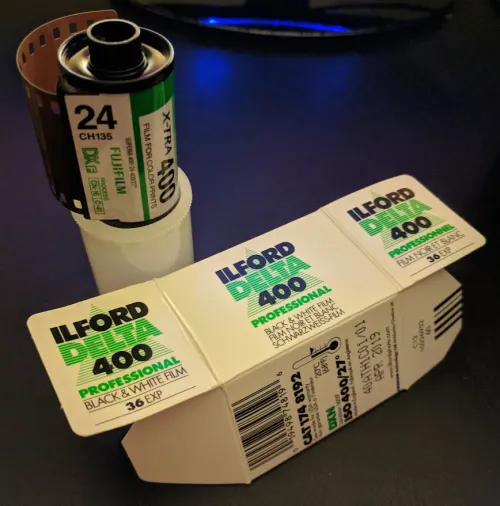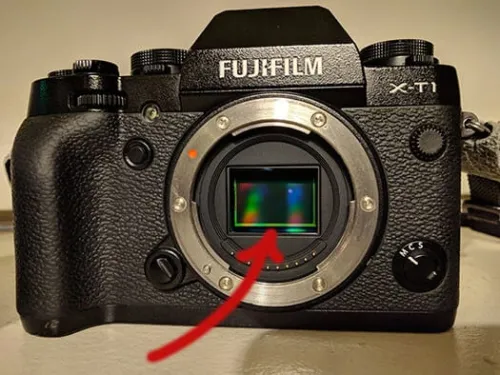One of the joys of shooting manual photography is the deep pool of jargon that you end up wading through. It isn’t strictly necessary to know, but unfortunately, if you want greater control over your photography you have to learn the most prevalent terms and concepts. There are three parts of the “photography triangle”. Shutter Speed, Aperture, and ISO. Let’s start with ISO and dive into what it is and how it affects your pictures.
ISO is short for International Organization for Standards (I know, we’ll get to that). A bunch of scientists got together in the 1940s and decided to create international standards for a whole bunch of things. As of right now they cover 22,017 standards. They even decided to standardize their own acronym. Rather than having the acronym differ by language, IOS for english and OIN for French, they went with ISO. ISO stems from isos, Greek for ‘equal’, which is tediously appropriate.
For purposes of photography, ISO refers to the ISO standards that concern camera sensor sensitivity. When setting up a camera, especially during the days of film, you had to note the sensitivity of the film so that all other parts of the setup (aperture and shutter speed) were correct and would put just enough light onto the film. When you got film the sensitivity was noted, such as ISO 25, ISO 100, ISO 800, etc. Your camera was then able to meter the amount of light based upon what the ISO was.

So what is ISO? ISO is how sensitive your camera sensor is to light. The higher the ISO rating, the more the sensor reacts to light hitting it. Practically speaking, turning up the ISO turns up how well the sensor “sees” light. The camera sensor has a matrix of cells that are excited by light photons, and as a result the camera measures the excitment and creates a picture. When you turn up the ISO, the camera juices the sensor making it more sensitive to the same amount of light. A bit of light that would have excited a cell in the sensor at ISO 200 will be far more effective on the same cell and create a brighter pixel at ISO 400. You can find many metaphors to describe ISO, but I often find them to be confusing or even misleading. The only metaphor I can find that works for me is that very low ISO settings are more “resistant” to light (feel free to torch me in the comments).

So what does this mean? When ISO speeds are higher, like 800 or 1600, we refer to these values as “fast”, while values around 25, 64, or 100 are referred to as “slow”. Generally speaking, the higher the ISO you use, the higher the shutter speed you can use as well, which is often why high ISO is recommended for indoor sports shots (it also helps for baby shots inside).
It may seem like a no-brainer to use higher ISO at all times if you want a fast shutter speed, or a narrow aperture, but it does not come without drawbacks. The higher the ISO is on your camera, generally the more false positives your camera will get with light. With higher ISO comes higher noise, worse colors, and sometimes other effects. It is effectively like courser grain on your digital photos. Generally, it is advisable to use the lowest ISO you can, but remember, it’s better to have a shot with high ISO than no shot at all.

EXAMPLES!
Let’s take a look at a few examples. I took a picture of a door. This door is a prime example of the pride east coast apartment maintenance takes in their work. Which is to say the paint job on the door is highly textured, and full of flaws. I took the pictures with my camera and cropped them to 420 pixels. Note how the brush strokes in the paint eventually get drowned out by noise:






To wrap up, see if you can find low ISO and high ISO image between the two (answers at the bottom of the post).


Update November 8th, 2023: server image compression artifacted these images into oblivion.
Read more:
“About ISO.” About us, 14 Nov. 2017, www.iso.org/about-us.html.
“Film speed.” Wikipedia, Wikimedia Foundation, 1 Feb. 2018, en.wikipedia.org/wiki/Film_speed.
The Complete Idiot’s Guide to Photography Essentials
I found this guide to be a great introduction to photography concepts, without being condescending (I know, I know, the name). They cover many of the bases of photography and leave well equipped to learn both composition and technique.
Understanding Exposure, Fourth Edition: How to Shoot Great Photographs with Any Camera
This is a good guide to understanding the basics of getting correct exposure on a photograph, and why. The author proposes sensible rules of thumb that can get you started.
Answer key
#1 – ISO 6400
#2 – ISO 200
Comments